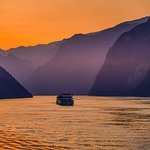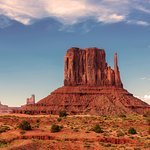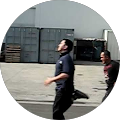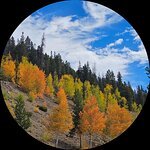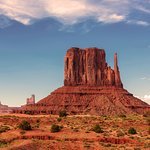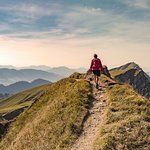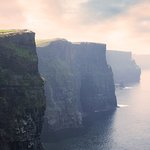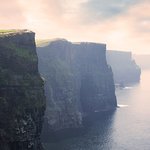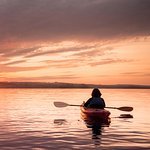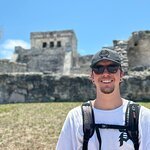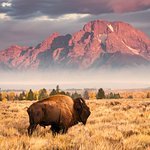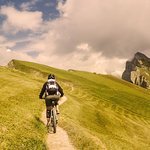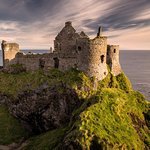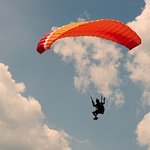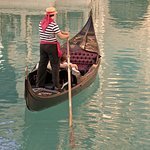Join Mountain Trip on this beautiful trek to Everest Base Camp, climb Kala Pattar, and learn about the local culture from our Sherpa guides.
On our spring Everest Base Camp Trek we’ll trek through the spectacular Khumbu Valley, marvel at some of the most iconic and storied peaks in the world, stay in locally owned lodges and tea houses, and visit the bustling Everest Base Camp. This is truly THE iconic trek of Nepal, and each day new views of the Himalayas open up until we are standing at the base of the highest mountain on earth. Our treks are led by a team of local Sherpa guides and U.S. trained Mountain Trip guides, so you get the best of both worlds. We work with a great team of local Sherpa guides on our climbs and treks, most of whom come from the village of Kurima in the Solukhumbu district.
You can do it all in just two weeks! There is an option of flying out via helicopter if you need to make this a two week trek to accommodate people with a more limited time to visit Nepal. (Please contact us for details and costs.)
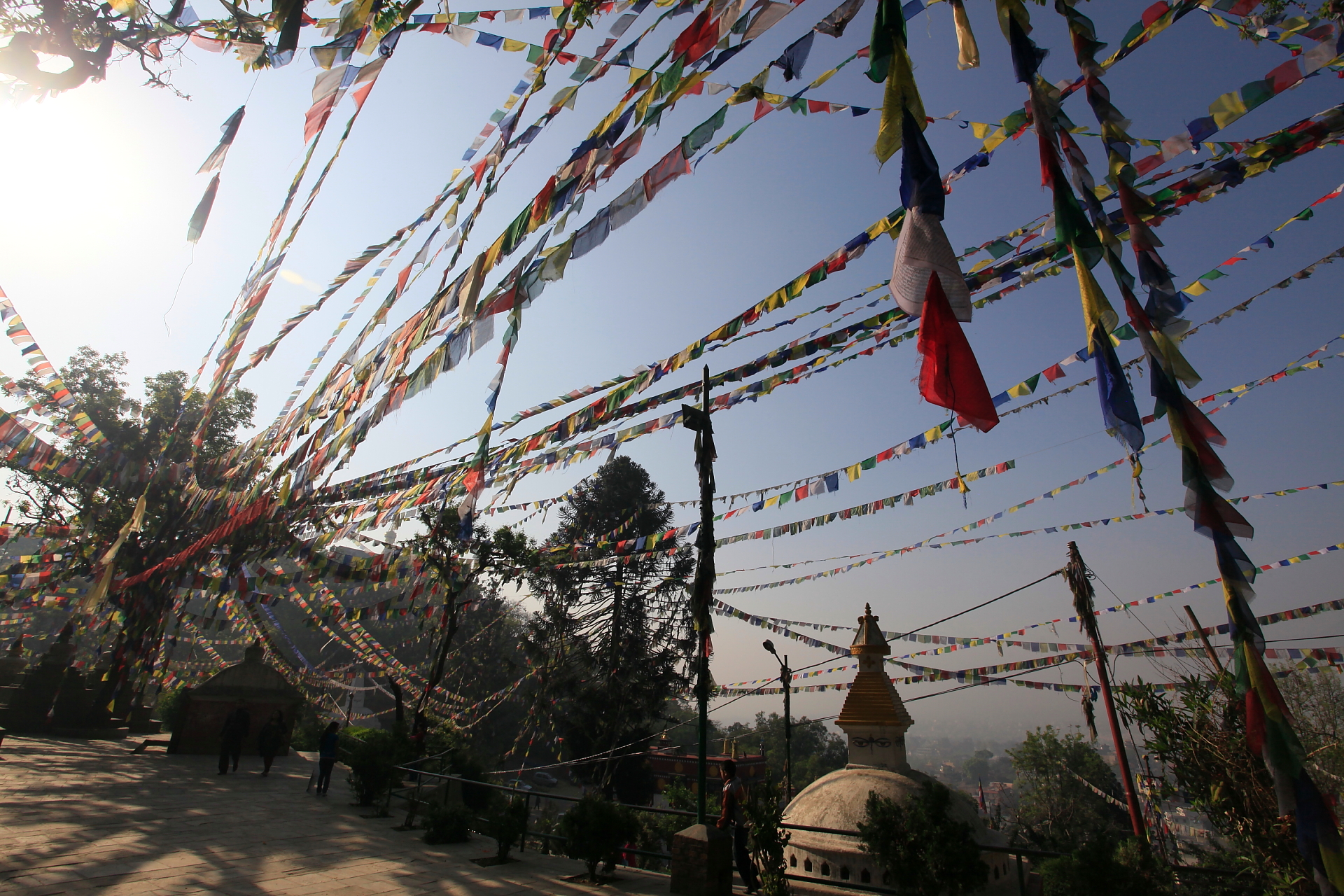 DAY 1: ARRIVE IN KATHMANDU. We’ll meet you at the Kathmandu airport and bring you to your hotel, The Hyatt Regency.
DAY 1: ARRIVE IN KATHMANDU. We’ll meet you at the Kathmandu airport and bring you to your hotel, The Hyatt Regency.
DAY 2: EXPLORE KATHMANDU. This will be a day of leisure in the bustling city of Kathmandu. You can visit local temples and we’ll check your gear to be certain that you have everything you’ll need for the trek. This evening we will have a team “Welcome Dinner.”
DAY 3: FLY TO LUKLA AND BEGIN THE TREK. We’ll catch an early morning flight from Kathmandu to the village of Lukla in the foothills of the Himalaya. After organizing our gear and meeting our team of porters, we’ll have a bit of lunch and then begin our first short day of trekking. We’ll follow the Dudh Kosi river from Lukla up to the village of Phakding (2,610 m/9,000′) along the banks of the Dudh Khosi River, where we’ll spend the first night. (3 hours trekking)
DAY 4: PHAKDING TO NAMCHE BAZAAR. We continue to follow the Dudh Khosi river deeper into the mountains, where we enter the Sagarmartha National Park and register with the park. From here the trail gets steeper as we climb toward Namche Bazaar (3,440 m/11,200′), which is the capital of the Khumbu region and the Sherpa people. As the trail climbs toward Namche we’ll cross a spectacular suspension bridge above the confluence of the Bhote Kosi and Dudh Kosi rivers. (5-6 hours trekking)

DAY 5: NAMCHE BAZAAR. This day is spent enjoying the bustling trading hub that is Namche, along with a short acclimatization day hike. This is important as we continue to climb higher into the Himalaya. It’s also a great place to hang out and visit the many bakeries of Namche or purchase any last minute gear for the trek ahead. Our day hike will take us up to the Everest Hotel, where we’ll enjoy our first views of Everest with a cup of tea.
DAY 6: NAMCHE TO TENGBOCHE MONASTERY AND DEBOCHE. The views above Namche become dominated by the striking mountain, Ama Dablam (6,856 m/22,493′), and views of Everest and Nuptse still off in the distance. The trail eventually drops down to the Dudh Khosi river one more time, followed by a steep climb out of the river valley to the Tengboche Monastery (3,870 m/12,700′).
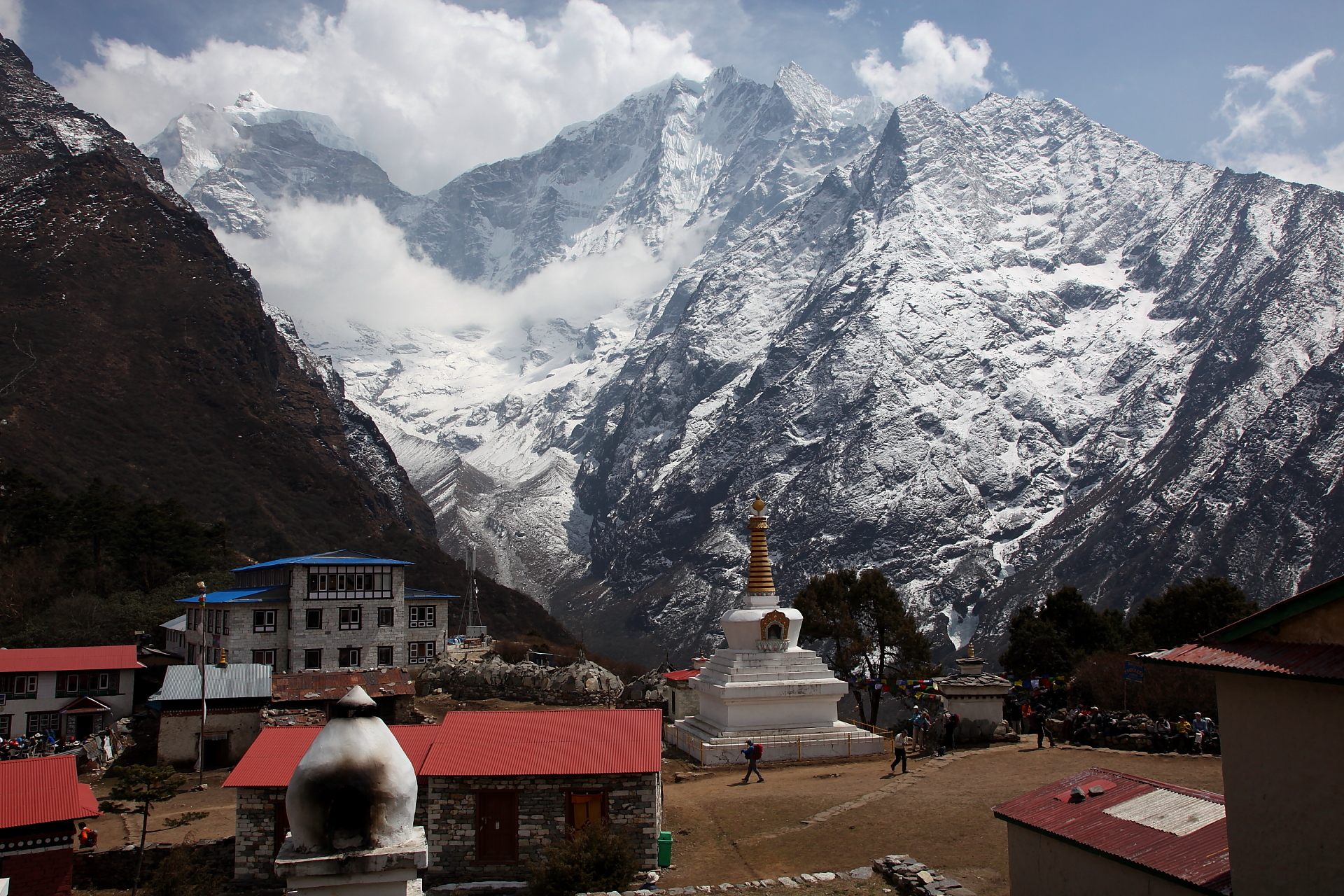
The monastery sits high above the river and under the towering Himalaya. We’ll visit the monastery and visitors center, and enjoy some spectacular views of the Himalaya from this high point. We may have an opportunity to attend some Buddhist ceremonies in the famous Tengboche Monastery, and get a chance to learn about the Buddhist culture that is foundational to the lives of the local Sherpa people at the Sherpa Cultural Center. We’ll enjoy the afternoon here before descending a short way down through lush rhododendron forests to Deboche, where we’ll spend the night. (4-5 hours trekking)
 DAY 7: DEBOCHE TO DINGBOCHE. Today we transition from the forest to the alpine as the trail climbs gradually from Deboche through lush rhododendron forests up to the small village of Pangboche, and then the gradual climb up the valley to the village of Dingboche (4,410 m/14,500′). We can stop in Pangboche at another famous monastery, where Llama Geshe offers blessings to climbers heading up into the high mountains. We’ll continue up to the village of Dingboche at the base of Ama Dablam, where we’ll spend an extra day to acclimatize. (4 hours trekking)
DAY 7: DEBOCHE TO DINGBOCHE. Today we transition from the forest to the alpine as the trail climbs gradually from Deboche through lush rhododendron forests up to the small village of Pangboche, and then the gradual climb up the valley to the village of Dingboche (4,410 m/14,500′). We can stop in Pangboche at another famous monastery, where Llama Geshe offers blessings to climbers heading up into the high mountains. We’ll continue up to the village of Dingboche at the base of Ama Dablam, where we’ll spend an extra day to acclimatize. (4 hours trekking)
DAYS 8-9: DINGBOCHE ACCLIMATIZATION AND HIKING. We’ll spend a couple days in Dingboche to allow our bodies to catch up to the thin air at this altitude. There are many great hikes to take out of Dingboche, including a hike to the village of Chhukung near the base of Island Peak or up the local peak of Nangkartshang (5,073 m/16,644′). There is plenty of exploring to do and it can be a wonderful thing to sleep in and have an extra few hot drinks in the morning. The local Sherpa Cafe offers fresh baked items and a communal space to chat with other climbers and trekkers. The Stupas right outside town offer incredible views and photography in the evening light.

DAY 10: DINGBOCHE TO LOBUCHE. The trail ascends slowly out of Dingboche toward the terminal moraine of the Khumbu Glacier. This mound of rock was pushed in front of the glacier before it retreated back up to the flanks of Everest. The terrain above here becomes more rocky as we climb higher into the upper Khumbu Valley. Along the way we’ll pass the collection of memorials to mountaineers who have died on Everest. The bulk of Nuptse (7,879 m/25,850ft’) dominates the views as we climb toward the lodges of Lobuche (4,930 m/16,175′), where we’ll spend the night. (5 hours trekking)
 Day 11: LOBUCHE TO GORAK SHEP. The trail continues to climb up to the last lodges before base camp at Gorak Shep (5,157 m/16,920′). The terrain becomes more stark and the air becomes colder as we continue to climb into the alpine environment high in the Himalaya. After reaching Gorak Shep we can take a tea break, and if the weather is nice continue up to the famous Everest viewpoint of Kala Patar, which is a short and very rewarding hike. This will be the highest point we reach on the trek at 5,577 m/18,300′. You’ll certainly notice your lungs working overtime as you hike at this altitude. If the weather doesn’t cooperate on this day, we’ll work the Kala Pattar climb into the following day. (3-4 hours trekking)
Day 11: LOBUCHE TO GORAK SHEP. The trail continues to climb up to the last lodges before base camp at Gorak Shep (5,157 m/16,920′). The terrain becomes more stark and the air becomes colder as we continue to climb into the alpine environment high in the Himalaya. After reaching Gorak Shep we can take a tea break, and if the weather is nice continue up to the famous Everest viewpoint of Kala Patar, which is a short and very rewarding hike. This will be the highest point we reach on the trek at 5,577 m/18,300′. You’ll certainly notice your lungs working overtime as you hike at this altitude. If the weather doesn’t cooperate on this day, we’ll work the Kala Pattar climb into the following day. (3-4 hours trekking)
DAY 12: GORAK SHEP TO EVEREST BASE CAMP. From the last lodges at Gorak Shep, we’ll set off across the enormous moraine of the Khumbu Glacier and on to the bustling tent city that is Everest Base Camp (5,273 m/17,300′) during the climbing season. It’s an unlikely environment of rock and rubble to carve out a home, but a community of mountaineers and adventurers come every year to live in the tent city. When we arrive, we’ll settle into our tents and enjoy meals cooked by our wonderful base camp cook. (4-5 hours trekking)
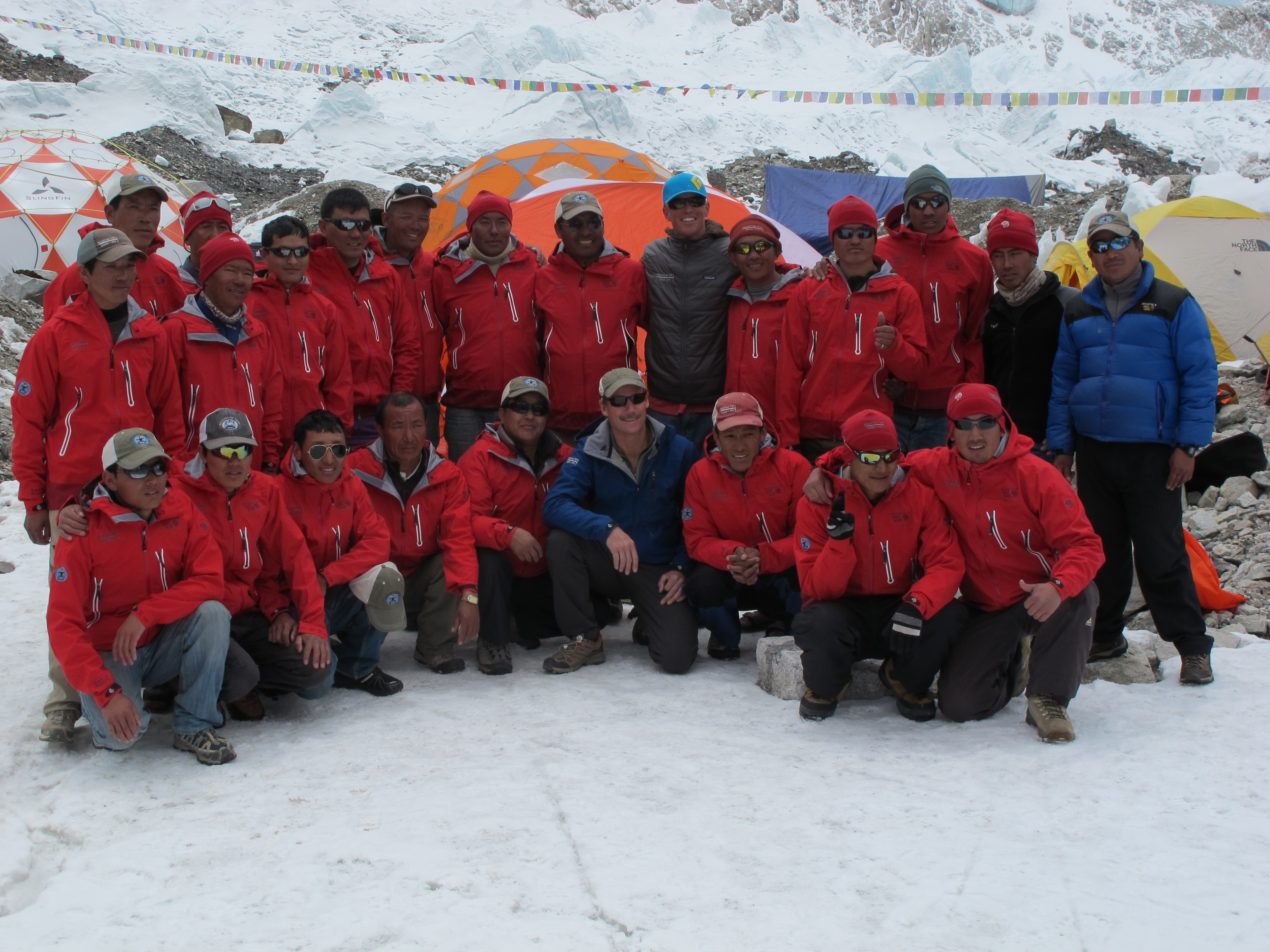
DAY 13: EVEREST BASE CAMP. We’ll spend the day exploring Base Camp, the lower reaches of the Khumbu Icefall, and feeling the incredible energy of the climbers making their preparations for their Everest expeditions. We’ll be able to watch climbers and the hard working Sherpas begin their ascent through the Khumbu Icefall, and hope to be able to witness the traditional Puja ceremony.
***(If you need to leave the trip early, you can fly back by helicopter to Lukla/Kathmandu from Base Camp on this day, please inquire with the Mountain Trip office for details and costs.)***
DAY 14: EVEREST BASE CAMP TO PHERICHE. After saying our goodbyes to the Mountain Trip Everest climbing team, we’ll begin the trek back toward Lukla. It goes much quicker on the return, but it’s hard to leave this stunning place. (6-8 hours trekking)
DAY 15: PHERICHE TO NAMCHE. One more night in Namche in the bustling village. (6-8 hours trekking)
DAY 16: NAMCHE TO LUKLA. We’ll have one last opportunity to visit our favorite bakeries and even buy a few souvenirs from the Bazaar before heading down the valley back to Lukla. This last day is a big one, but by now you’ll be a fit trekker, and the air just keeps getting thicker as we descend. We’ll spend the night in Lukla and have a farewell dinner with our Sherpa staff before flying to Kathmandu early the next day. (6-8 hours trekking)
DAY 17: FLY TO KATHMANDU. These are usually early morning flights to take advantage of the typically clear morning weather. We’ll return to the hustle and bustle of the city, and enjoy one of the many great dinner spots. (This day also serves as an extra day in case we have any weather delays flying in/out of Lukla.)
DAY 18: KATHMANDU. One last day to explore the exciting blend of Hindu and Buddhist cultures that define this city. Visiting Durbar Square, Boddinath Stupa, Temples, and shopping in Thamel will keep you busy. We’ll have our final farewell dinner before everyone begins their journey onward.
DAY 19: FLIGHTS BACK HOME!










 DAY 1: ARRIVE IN KATHMANDU.
DAY 1: ARRIVE IN KATHMANDU. 

 DAY 7: DEBOCHE TO DINGBOCHE.
DAY 7: DEBOCHE TO DINGBOCHE.
 Day 11: LOBUCHE TO GORAK SHEP.
Day 11: LOBUCHE TO GORAK SHEP. 


